CFD-DEM Particles in Cyclone Separator: A Fluent & Rocky Tutorial
CFD-DEM Particles in Cyclone Separator: A Fluent & Rocky Tutorial
- Upon ordering this product, you will be provided with a geometry file, a mesh file, and an in-depth Training Video that offers a step-by-step training on the simulation process.
- For any more inquiries regarding the product, please do not hesitate to reach out to us at info@CFDLAND.com or through our online support assistant.
€265 Original price was: €265.€155Current price is: €155.
Cyclone separators are essential in many industries, from cement production to food processing, where they are used to clean air by removing solid particles. The challenge is to do this efficiently using a simple, no-moving-parts design. The solution is to create a strong swirling vortex that uses centrifugal force to separate particles from a gas stream. A CFD-DEM (Computational Fluid Dynamics – Discrete Element Method) simulation is the most powerful tool to analyze this process. This report shows a detailed CFD-DEM Particles in Cyclone Separator Fluent simulation. We use ANSYS Fluent to solve for the complex gas flow and DEM ANSYS Rocky to track each individual particle’s path, a method guided by the reference paper [1].
- Reference [1]: Zhou, Haili, et al. “Numerical study on gas-solid flow characteristics of ultra-light particles in a cyclone separator.” Powder technology344 (2019): 784-796.
- Reference [2]: Hoekstra, A. J., J. J. Derksen, and H. E. A. Van Den Akker. “An experimental and numerical study of turbulent swirling flow in gas cyclones.” Chemical engineering science13-14 (1999): 2055-2065.
- Reference [3]: Wang, B., et al. “Numerical study of gas–solid flow in a cyclone separator.” Applied Mathematical Modelling11 (2006): 1326-1342.
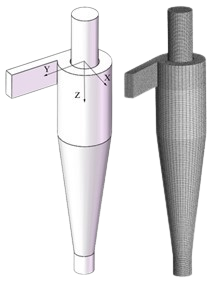
Figure 1: Schematic of cyclone separator [1]
Simulation Process: Modeling the Cyclone DEM Rocky Simulation
The simulation was performed using a one-way coupling between Fluent and Rocky. First, the 3D geometry of the cyclone was created with 8 distinct parts, which allows for the generation of a high-quality structured mesh. This mesh is crucial for accurately capturing the flow details.
In ANSYS Fluent, the gas flow was solved first. The Reynolds Stress Model (RSM) was chosen for turbulence because it is highly accurate for predicting complex, strongly swirling (anisotropic) flows like those inside a cyclone. After the gas flow solution was complete, the results were transferred to DEM Rocky. In Rocky, the solid particles were defined and injected into the cyclone. Rocky then used the pre-solved gas flow field from Fluent to calculate the forces on each individual particle and track its trajectory through the separator.
Post-processing: CFD-DEM Analysis, How Swirling Flow Causes Particle Separation
The simulation results provide a clear, substantiated story of the cyclone’s separation mechanism, which begins with the fluid dynamics. The streamlines in Figure 2 show that the tangential inlet creates a powerful, high-speed outer vortex that spirals down the cyclone wall. The simulation shows this outer vortex reaches very high speeds of up to 47 m/s. This intense swirling motion is the engine of the separator, as it generates a strong centrifugal force that pushes everything outwards, away from the center. As the flow reaches the bottom, it reverses direction and forms a lower-speed inner vortex (around 23 m/s) that travels upwards towards the top outlet. This specific two-vortex structure is the direct cause of the separation.
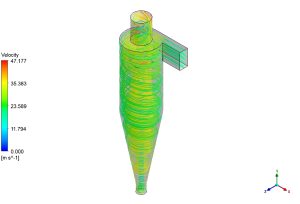
Figure 2: Streamlines of the gas flow from the ANSYS Fluent part of the Cyclone CFD-DEM simulation.
This complex flow field, solved by Fluent, directly dictates the fate of the particles, which is calculated by DEM Fluent. The particle distribution in Figure 3 shows the clear effect of the vortex flow. Heavier particles (like the one shown weighing 3.29e-7 kg) have more inertia. The powerful centrifugal force of the outer vortex overcomes the gas drag, throwing these particles against the wall. They lose momentum and slide down the wall into the collection hopper at the bottom. In contrast, lighter particles (shown in blue) have less inertia. For them, the drag force from the upward-moving inner vortex is stronger than the centrifugal force. They get captured by this inner vortex and are carried out of the cyclone through the top outlet. **The most significant achievement of this CFD-DEM simulation is the direct visual link it creates between the intense outer vortex flow solved by Fluent and the mass-based trajectory separation of individual particles calculated by Rocky, providing a complete engineering validation of the cyclone’s separation mechanism.
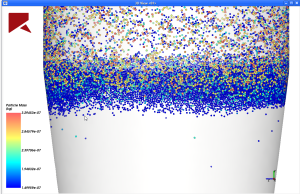
Figure 3: Particle trajectories from the DEM ANSYS Rocky simulation, colored by mass, showing effective separation.
We pride ourselves on presenting unique products at CFDLAND. We stand out for our scientific rigor and validity. Our products are not based on guesswork or theoretical assumptions like many others. Instead, most of our products are validated using experimental or numerical data from valued scientific journals. Even if direct validation isn’t possible, we build our models and assumptions on the latest research, typically using reference articles to approximate reality.
Yes, we’ll be here . If you have trouble loading files, having technical problems, or have any questions about how to use our products, our technical support team is here to help.
You can load geometry and mesh files, as well as case and data files, using any version of ANSYS Fluent.
€180 Original price was: €180.€165Current price is: €165.

€205 Original price was: €205.€169Current price is: €169.

€180 Original price was: €180.€150Current price is: €150.

€170 Original price was: €170.€99Current price is: €99.

€195 Original price was: €195.€135Current price is: €135.





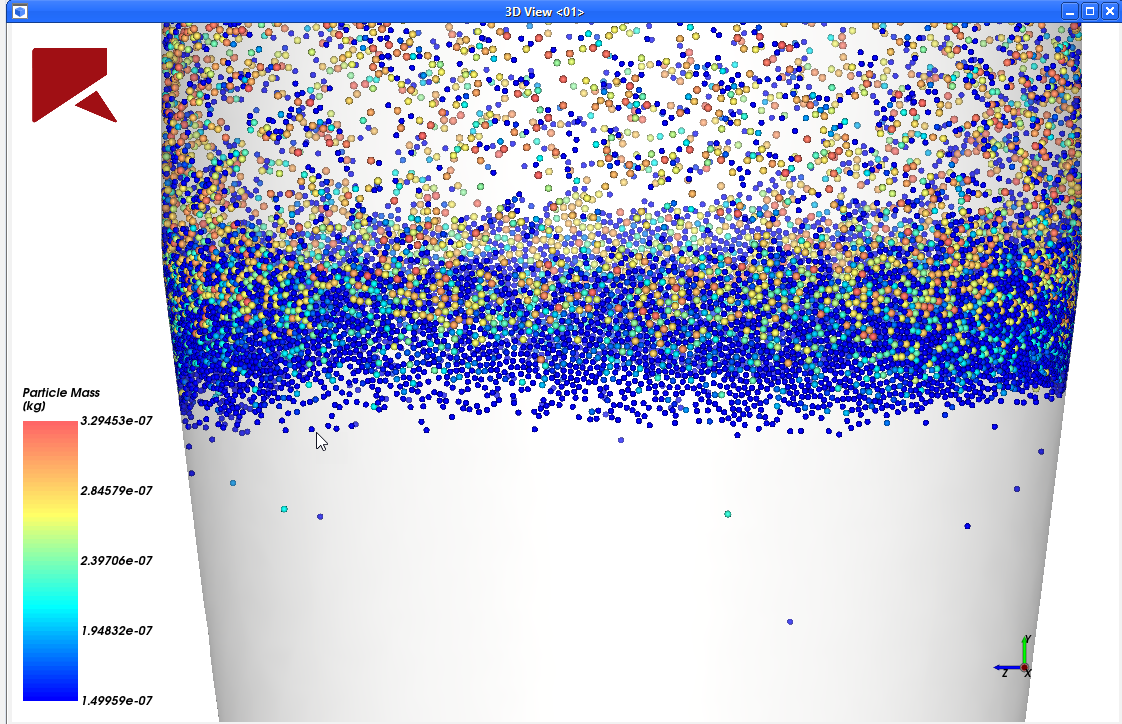
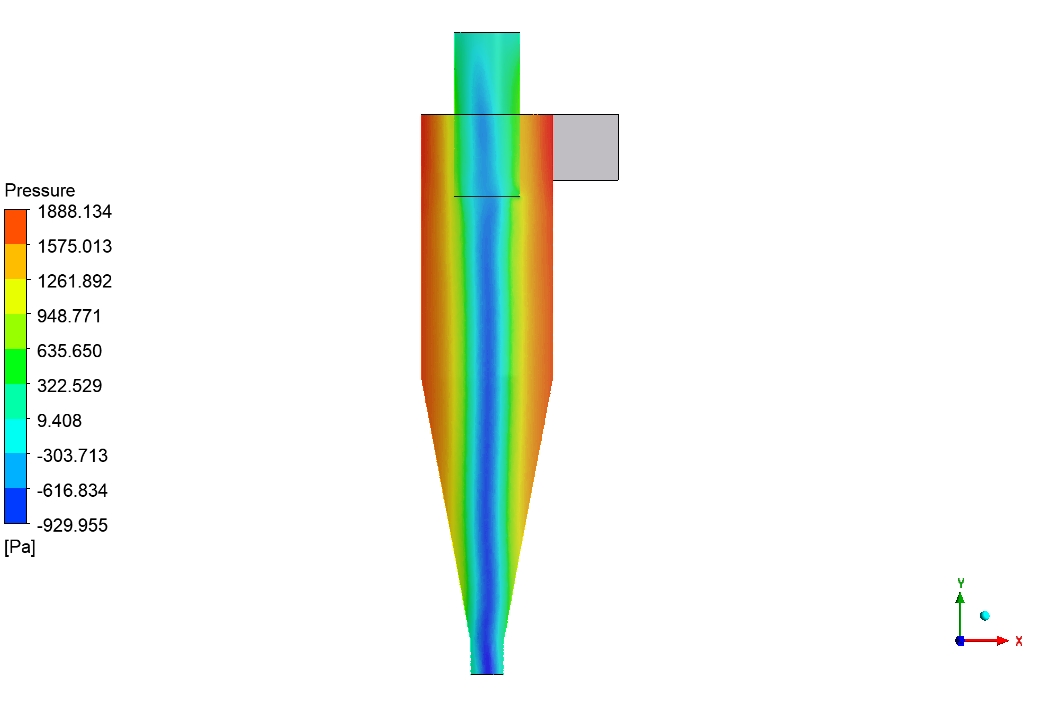
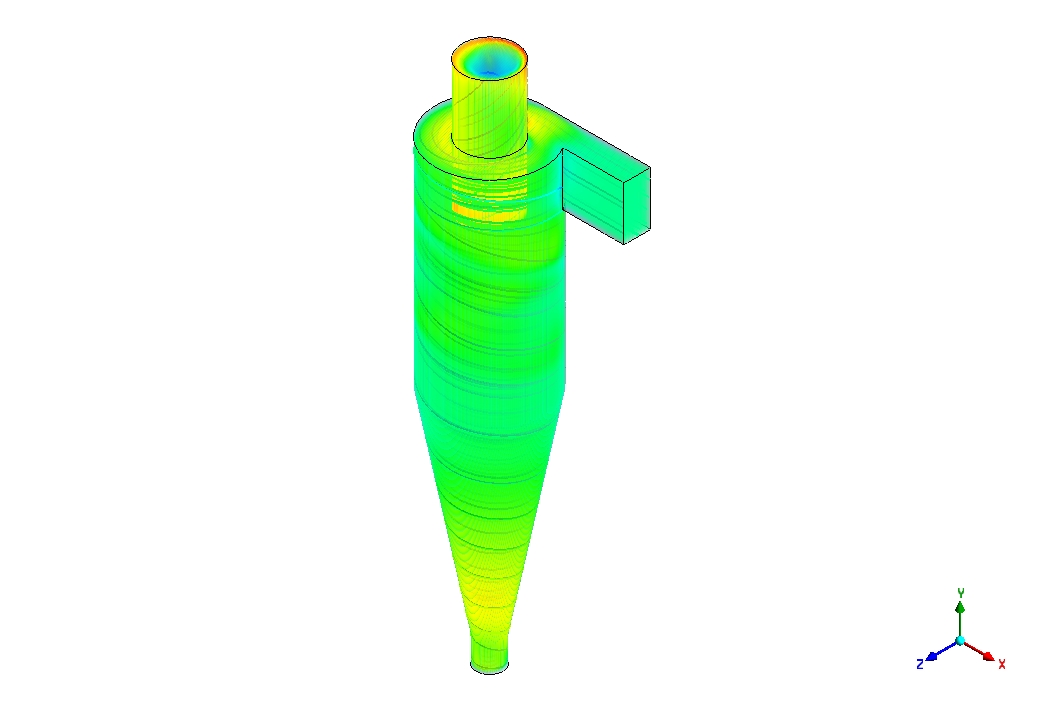
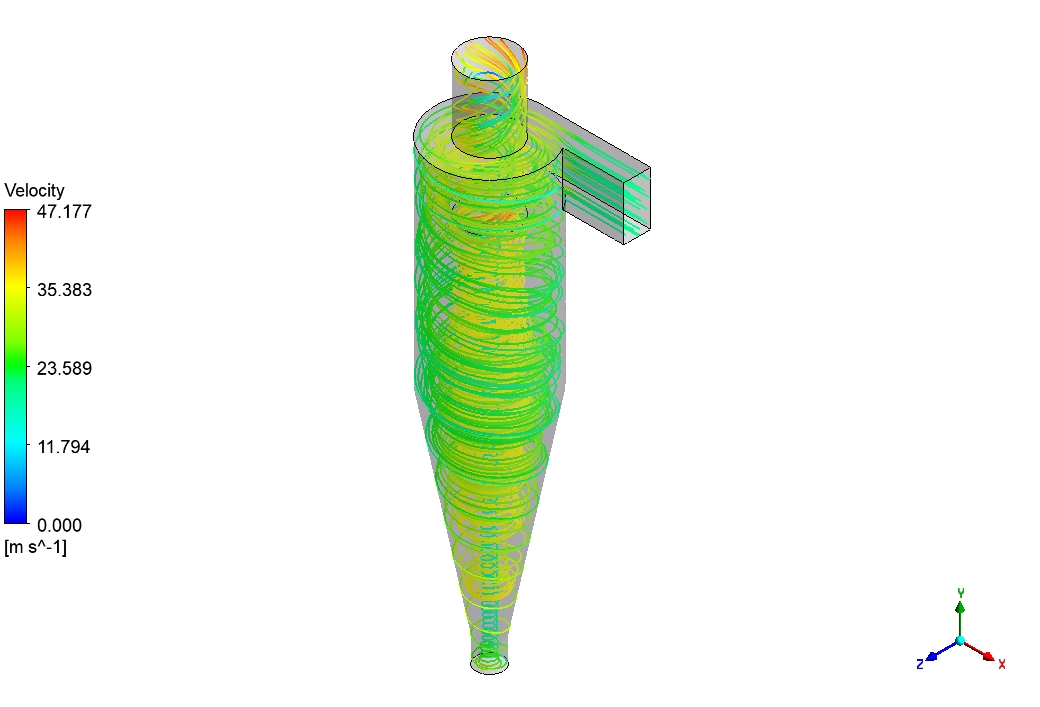
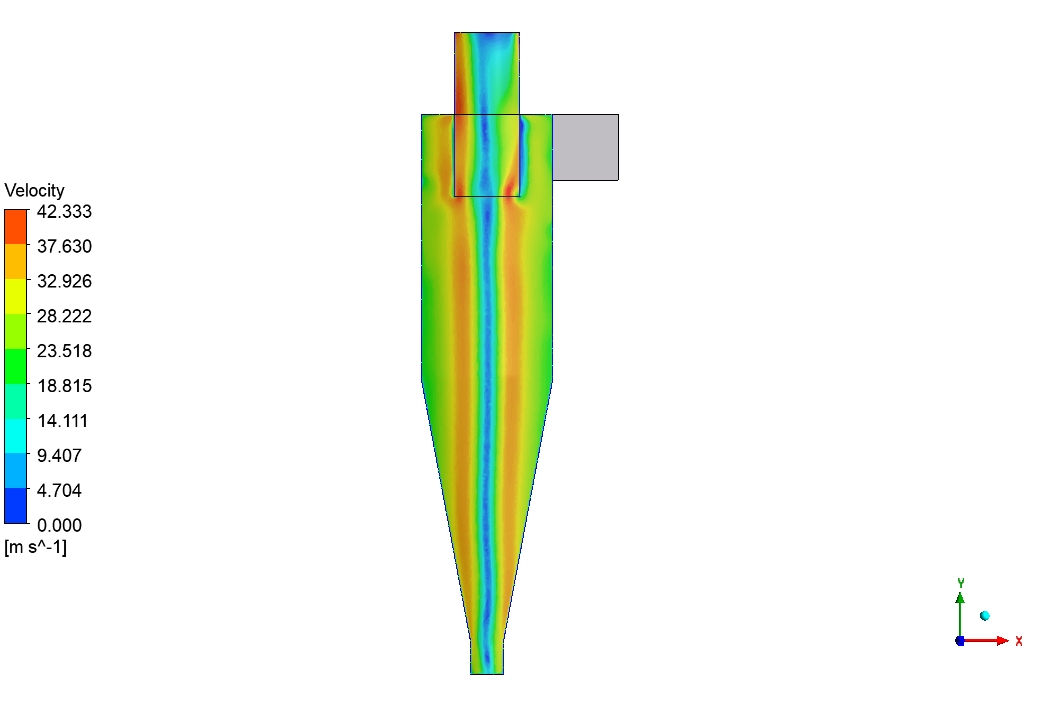





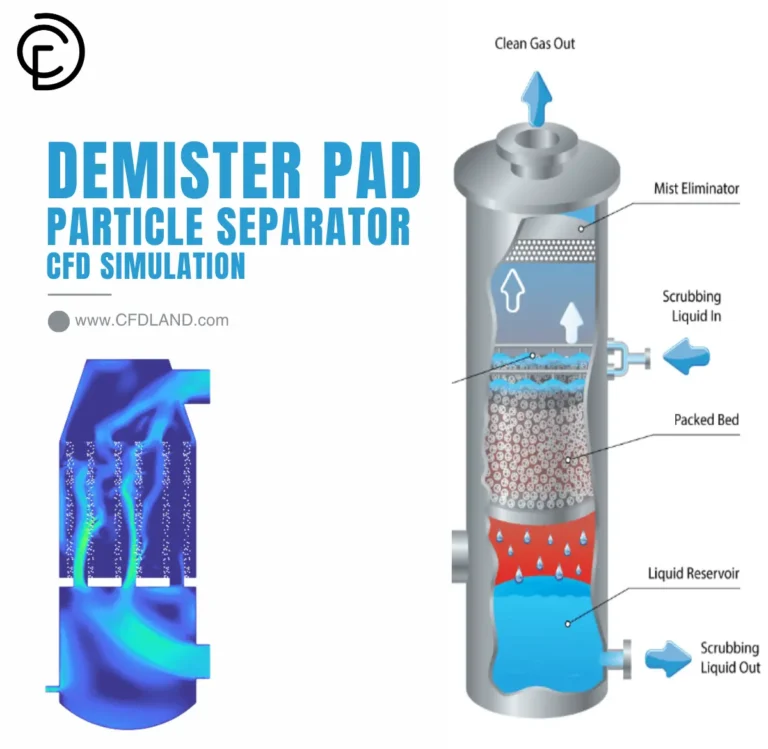
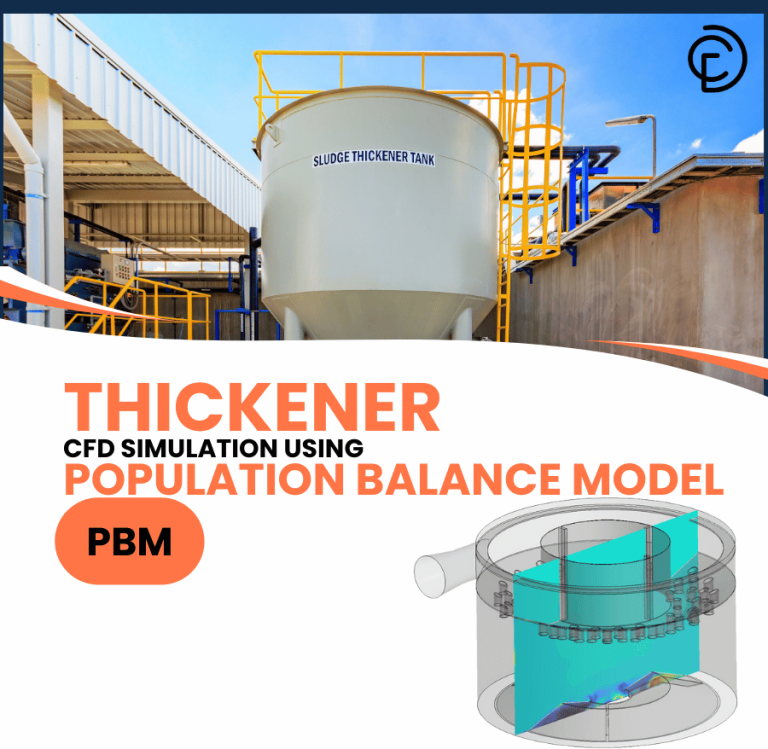
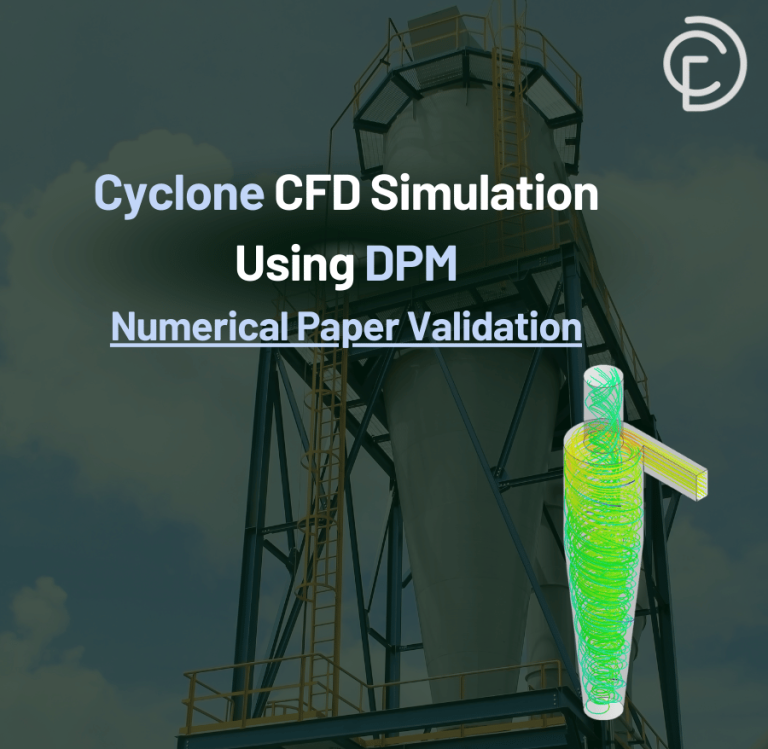
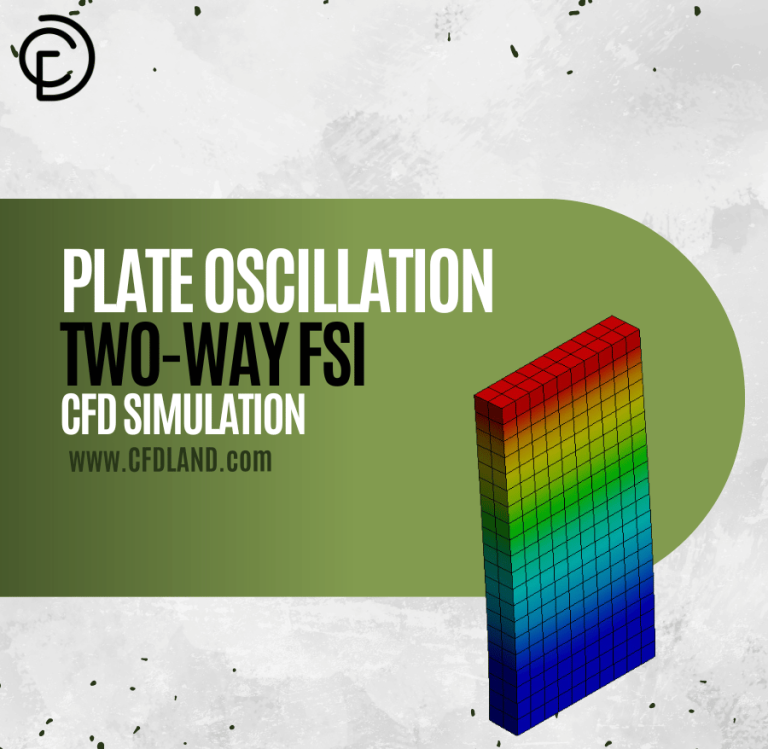
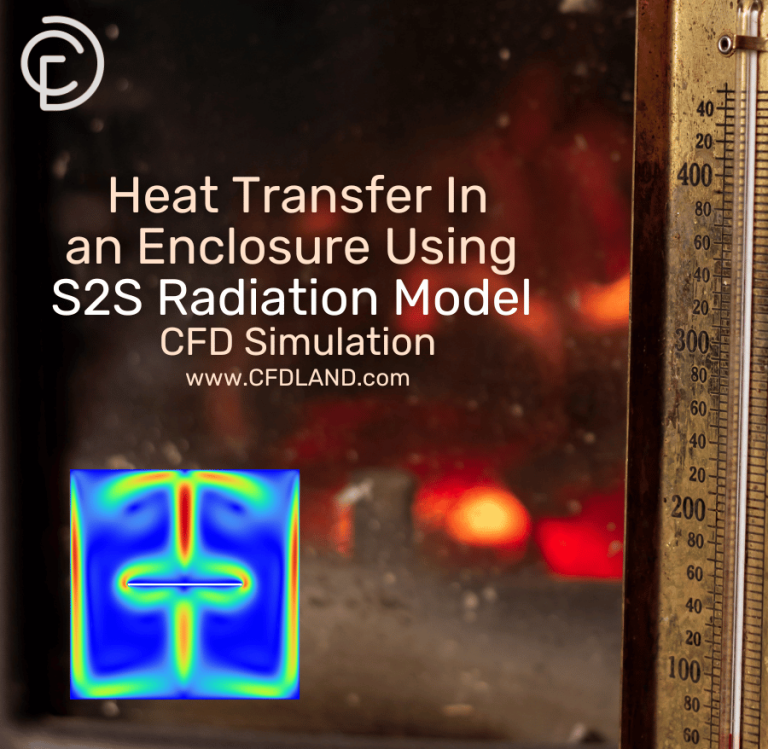
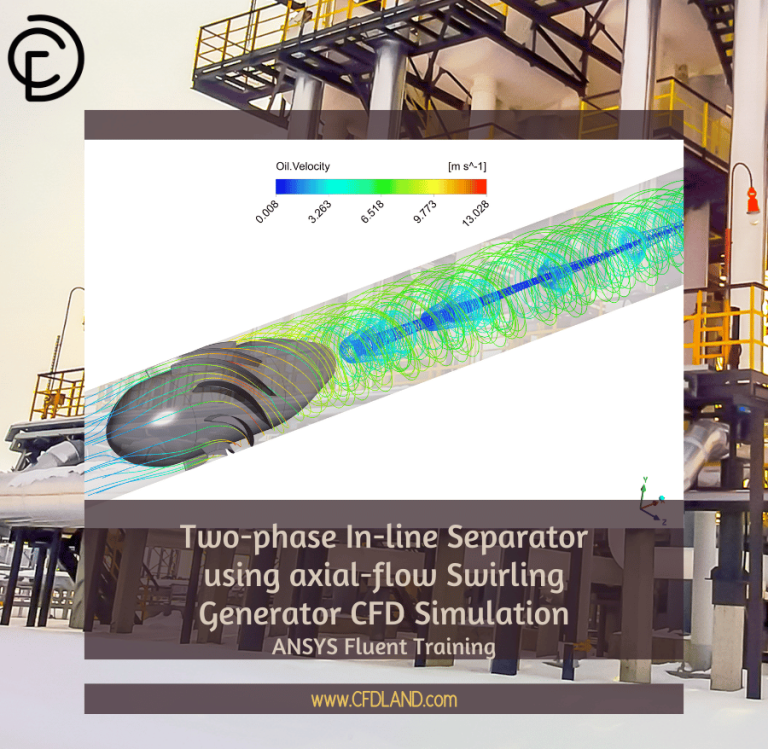
Reviews
There are no reviews yet.